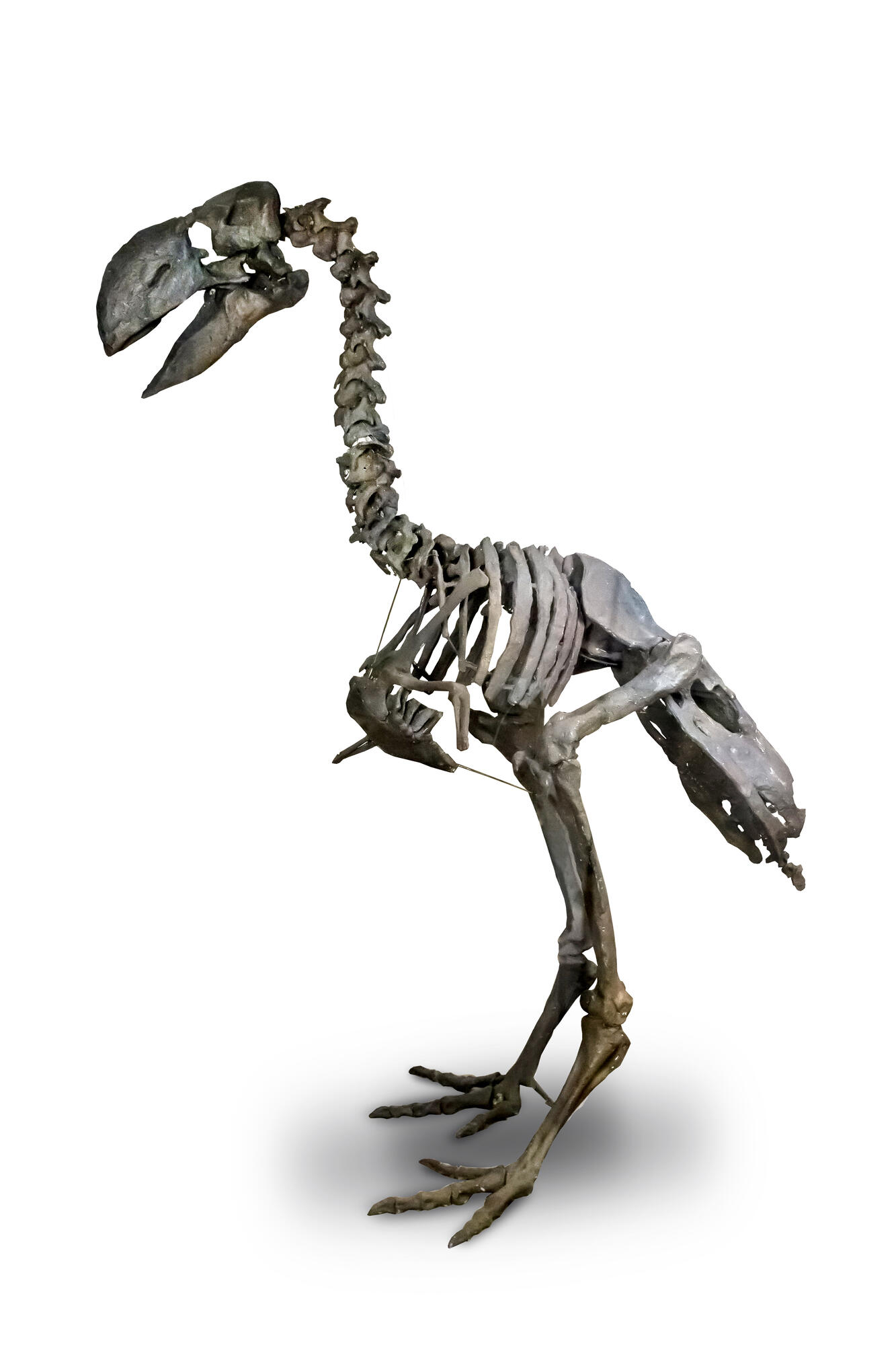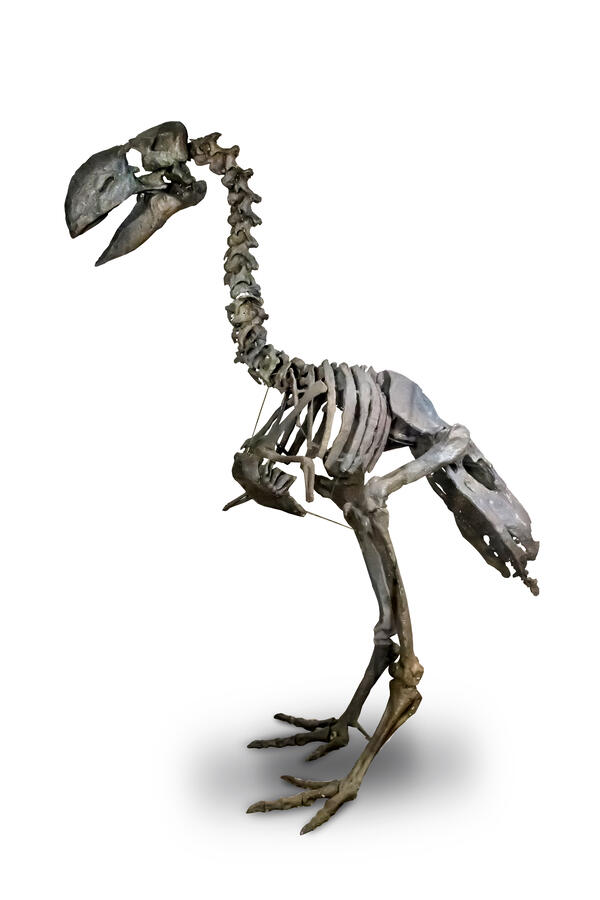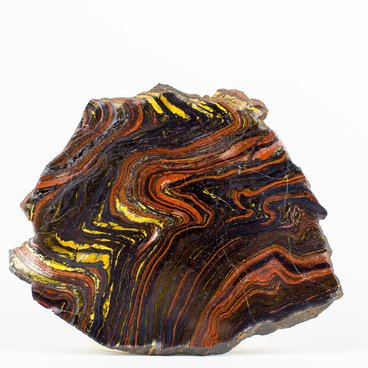Diatryma is an outdated name for ancient flightless birds of the Gastornis family that lived in North America 50 — 60 million years ago. They belonged to the large group of new-palatal birds, or Neognathae — the ancestors of most modern birds, except for several orders: kiwi-like, ostrich-like, and others. They were related to an older group—Palaeognathae, or ancient-palatal animals. These two varieties differed in the structure of the roof of the mouth. It changed because it was adapting to new food conditions.
The birds of the Gastornis family lived mainly in forests and marshy areas. They reached two or three meters in height. The powerful beak was able to break bones, so the researchers suggest that Diatryma was a predator or a scavenger. However, vegetable food was also included in their food spectrum. Probably, Diatryma dug edible roots out of the ground using the beak, crushed nut shells or clamshells.
Gastornis probably preferred to live alone and protected their territory from the invasion of their conspecifics. The females made their nests right on the ground and usually lay one large egg each. Like other flightless birds, this species probably had both parents clutching their offspring in turn. The chicks hatched completely helpless and in the first few days of life needed constant care of adults.
The fossils of Gastornis were first discovered in 1855 in Germany. The French physicist Gaston Plante found them: this creature was later named after him, adding the Latin ending ornis — bird to the abbreviation from the name. However, there were not enough remains to reconstruct the skeleton, so it was first modeled only 26 years later — in 1881. Scientists found out that Gastornis became extinct when the number of large predatory mammals, for example, Hyaenodons, began to grow. Probably, they ate eggs that were not protected by anything in ground nests, attacked young and adult individuals. In addition, they hunted the same animals as Gastornis, so the amount of food was reduced, and there was not enough for all species.
The birds of the Gastornis family lived mainly in forests and marshy areas. They reached two or three meters in height. The powerful beak was able to break bones, so the researchers suggest that Diatryma was a predator or a scavenger. However, vegetable food was also included in their food spectrum. Probably, Diatryma dug edible roots out of the ground using the beak, crushed nut shells or clamshells.
Gastornis probably preferred to live alone and protected their territory from the invasion of their conspecifics. The females made their nests right on the ground and usually lay one large egg each. Like other flightless birds, this species probably had both parents clutching their offspring in turn. The chicks hatched completely helpless and in the first few days of life needed constant care of adults.
The fossils of Gastornis were first discovered in 1855 in Germany. The French physicist Gaston Plante found them: this creature was later named after him, adding the Latin ending ornis — bird to the abbreviation from the name. However, there were not enough remains to reconstruct the skeleton, so it was first modeled only 26 years later — in 1881. Scientists found out that Gastornis became extinct when the number of large predatory mammals, for example, Hyaenodons, began to grow. Probably, they ate eggs that were not protected by anything in ground nests, attacked young and adult individuals. In addition, they hunted the same animals as Gastornis, so the amount of food was reduced, and there was not enough for all species.



